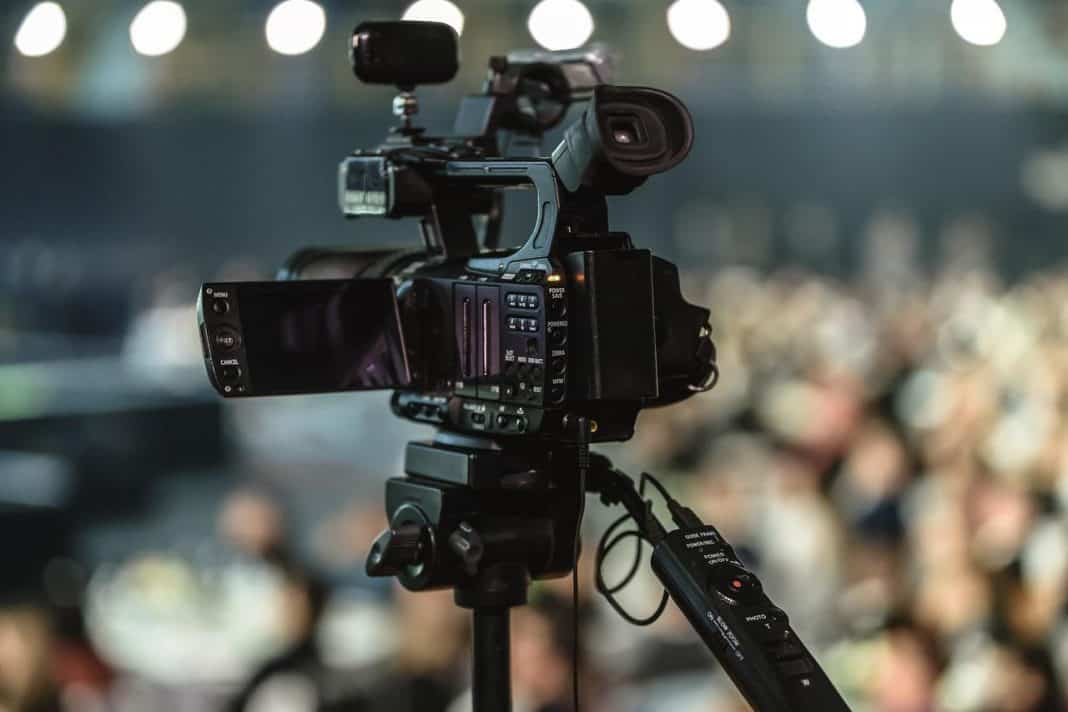Photography used to be an expensive hobby not too long ago. The only way to hone professional photography skills was to buy expensive equipment. Photographers needed powerful cameras and creativity for high-quality photos.
A few years ago, 3MP cameras in smartphones were a significant technological advancement. Today, we have smartphone cameras with 8K video recording capabilities, while professional cameras, such as Canon, allow you to control autofocus with your eyes!
One of the most important preparations for shooting event videos is to have a shot list. Shot lists are the blueprint of the photographer's vision for the video. The more sophisticated a camera, the fancier the shot lists get.
Whatever the skill level of a photographer, there are some basic shots they need to have in their videos. The seven shots that we outline in this article are a must-have in the shot list, especially when shooting events.
If you're an event planner hiring a photographer, this shot list can help you create a plan with your photographer. So you two can be on the same page and get the videos that you really need for social media, event promotions, donor videos, and more.
1. Perspective Shots
When shooting videos for an event, it is critical to show the size of the event from unique perspectives. Photographers typically use wide and extreme wide shots to capture the size and scale of the event.
Wide shots are also great first shots, frequently referred to as Establishing Shot or ES. These shots establish the setting of the event and give a starting point to build a narrative. One of the most popular opening wide shots is to show the venue with a dramatic background.
2. Emotion Shots
Close-up shots capture emotions. No shot list is complete without close-ups. While a wide-angle shot captures the spirit of the event, a close-up shot captures emotions.
The most common way to capture a close-up is through a long lens, usually 70mm to 100mm. Capturing a close-up on a phone camera can be tricky. A simple tip for a good close-up is to get close to the subject and then zoom. These shots are precise and need a steady hand to capture.
It is common for photographers to use an online video trimmer and an editor to get shots right. This is especially true for close-ups due to loss of resolution, especially on phone cameras. High-end phones like iPhone 12 achieve 2x to 2.5x image size without losing resolution and getting pixelated.
3. Dramatic Shots
Dramatic shots add intensity to an event video. A popular way to capture this shot is through drones. Drone shots are great for capturing vacation moments. They capture the surroundings stunningly and give a professional look to the video.
For best results, set the camera at 24 fps and shoot in at least 4k. If you are interested in action shots, shoot at 1090p and 60 fps at least. You can always use an online video trimmer and editor to slow down the speed later.
If it is not possible to procure a drone, an alternative is pole aerial photography. This shot needs the camera to be mounted on a long pole and shot. Many photographers rent movie camera equipment for shots like this.
Another way to add drama is by clicking macro shots. Macro shots are extreme close-ups. The advancement in camera technology allows for hyper-detailed close-ups to be taken easily.
One example of using this shot is to capture the picture of the wedding ring in an event video. The ultra close-up makes the shot dramatic.
4. Point of View (POV) Shots
POV shots establish the perspective from which the event is being narrated. POVs add an interesting angle to the event video. For instance, if the event is a wedding, POV shots can be from the bride or groom's perspective.
More than technique, POV shots depend on the creativity of the photographer. For example, there are movies picturized from the perspective of the family dog. These kinds of POVs make the entire narrative stand out.
A standard POV shot captures the event as a sequence of 3 shots. Show the event as viewed by the subject from their POV, show the subject viewing the event, and return to the shot from the subject's POV.
5. Full Body Shots
Full body shots or full shots are a type of wide shots but are more like close-up shots when it comes to what they do. Full shots capture emotion. They are just like close-ups but capture the full-body language from head to toe.
Full body shots capture body language and also facial expressions. They make excellent angles for events like the groom watching the bride enter. Or capturing the excitement of a child while blowing the candles on their birthday cake.
6. Spotlight Shots
Spotlight shots put the character the main focus of attention. A popular shot for event videos is to capture people posing. These shots put the people under the spotlight and depict them flatteringly.
Event videos must have formal poses like family pictures, and they should also have candid spotlights. Who gets captured in these shots depends on the importance of the guests in the event.
For most flattering angles, make the subjects turn 45 degrees. Having the subject directly face the camera makes it look confrontational.
Spotlight shots are captured interestingly on the Oscar red carpet. The actors pose for a few seconds, and the video camera quickly pans. The actors create a moment during this time and this gets captured dramatically. Spotlight shots can become a highlight of the event video if captured well.
7. Multi-Subject Shots
Multi-subject shots, like two-shot or three-shot, capture the relationship between the subjects. In these shots, there are multiple people on which the camera focuses. The attention on everyone in this shot is equal. The highlight of the shot is the interaction between the subjects.
A multi-subject shot captures the emotions between family members tenderly. They are a critical part of the video narrative. Without these, it is tough to tell a story of the event effectively.
Two shots, for instance, capture the bride and the groom together in a wedding video. These shots are usually candid moments.
Conclusion
A big part of being a good photographer is knowing how to build a good shot list. Start with these seven shots and build on them based on your interest and your storytelling style. Whatever your shot list looks like, we strongly recommend you experiment and continuously explore the limits of your equipment.
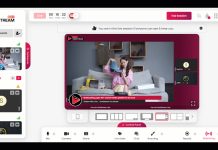
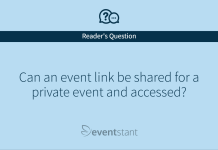


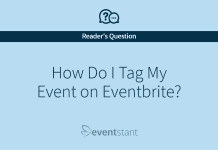


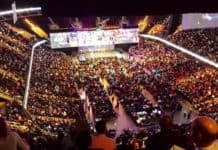

![How Important Are Face to Face Meetings [INFOGRAPHIC]](https://eventstant.com/wp-content/uploads/faceToface_v11-sm-218x150.jpg)


